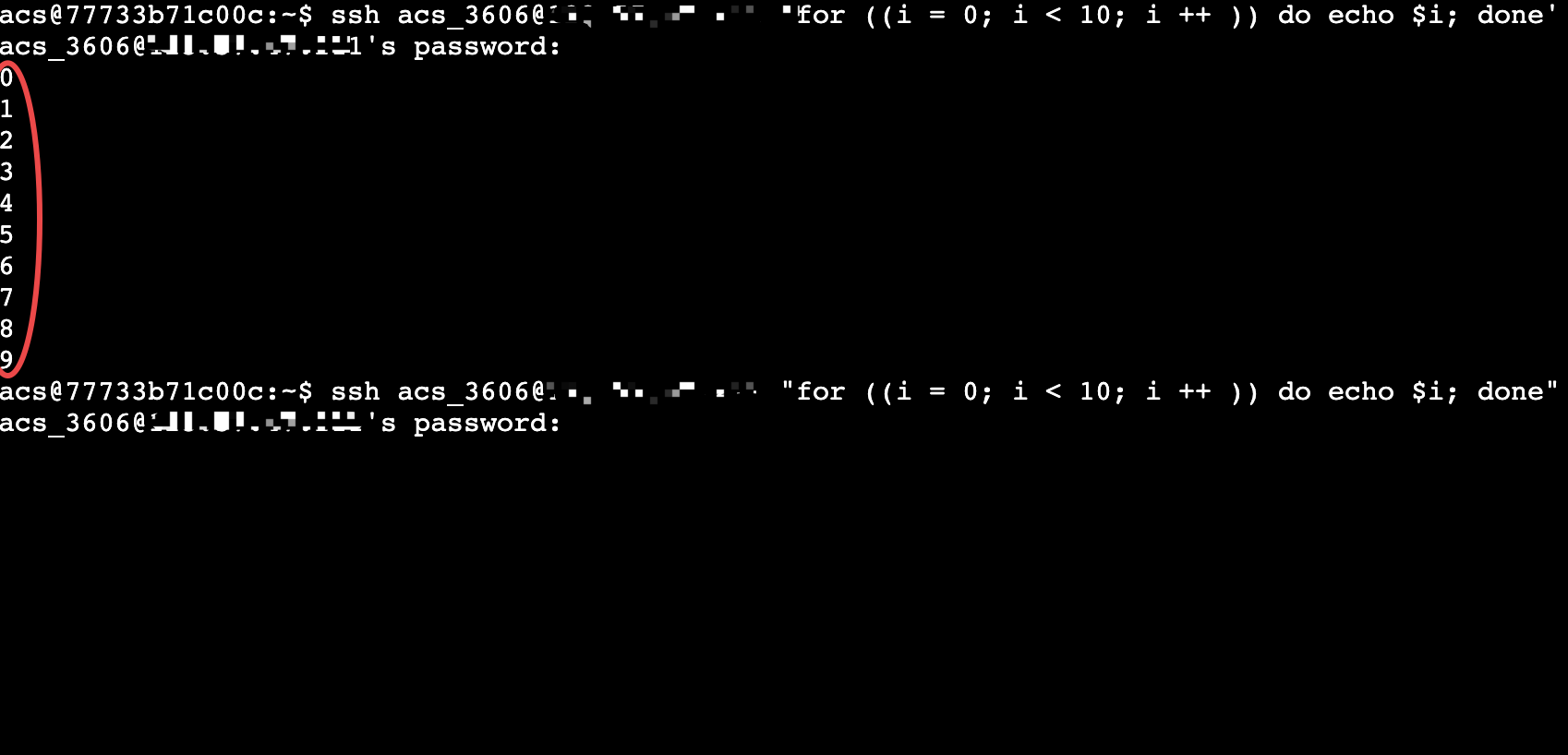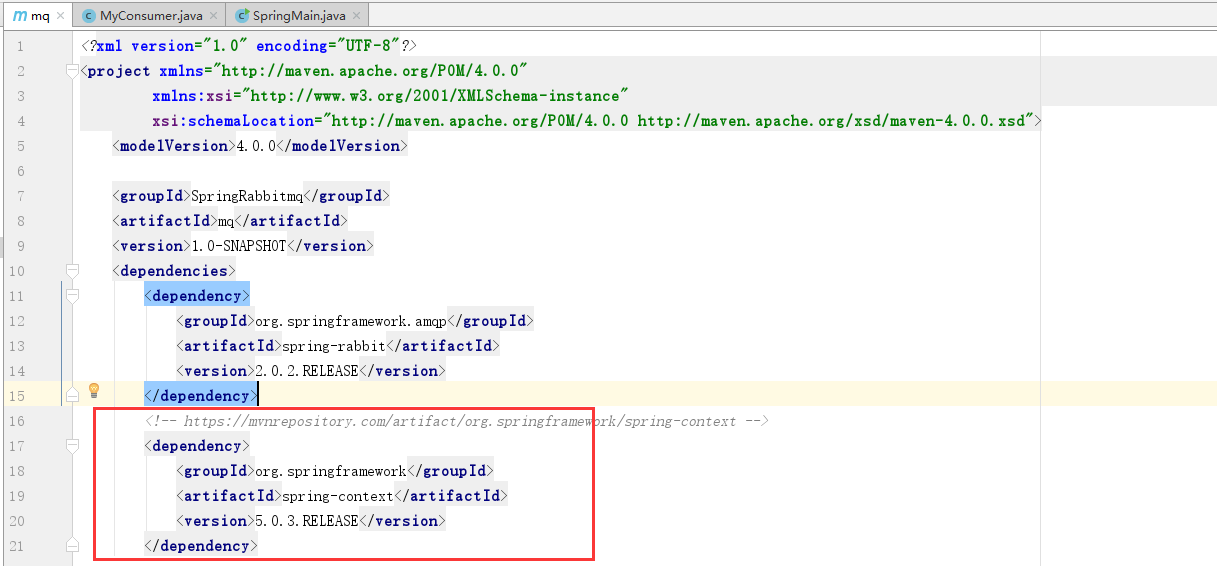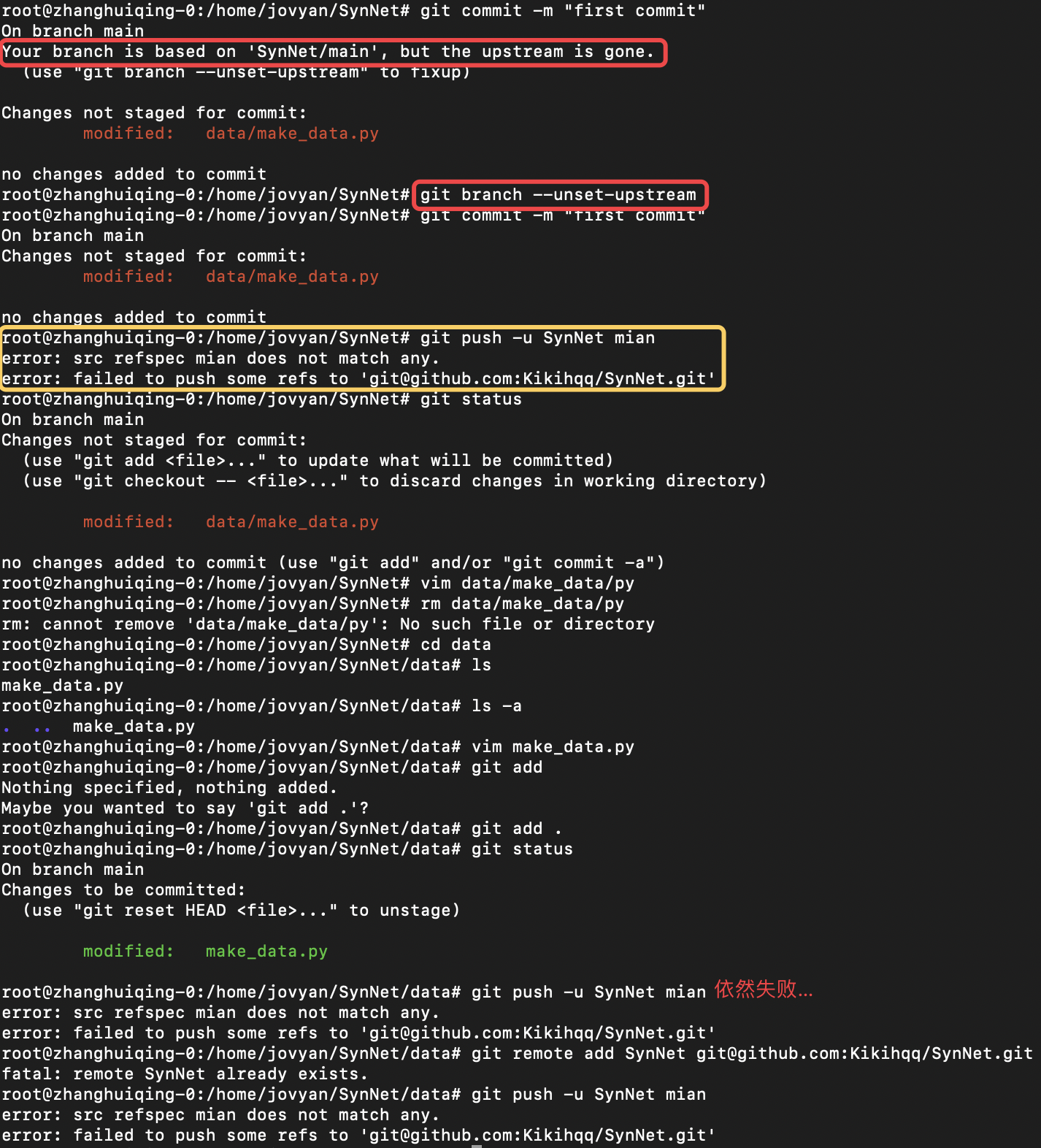JS 基础: Get & Check Object Properties 获取和检查对象属性
文章目录
- JS 基础: Get & Check Object Properties 获取和检查对象属性
- 简介
- 参考
- 正文
- 获取属性
- `Object.keys(obj)`
- `Object.getOwnPropertyNames(obj)`
- `Object.getOwnPropertySymbols(obj)`
- `getOwnProperties` & `getOwnEnumerableProperties`
- 检查属性存在
- `Object.prototype.hasOwnProperty(prop)`
- `in` 关键字
- `hasInheritProperty`
- 结语
简介
JS 中的对象可说是千变万化,对象的属性可能随时都在改变,那么我们要如何动态的获取对象的所有属性呢?
本篇就将从 Object 的各种静态方法来切入,透过使用 Object.keys、Object.getOwnPropertyNames、Object.getOwnPropertySymbols、Object.prototype.hasOwnProperty、in 等方法和关键字来获取和检查对象的属性。
参考
| Object.keys()-MDN | https://developer.mozilla.org/en-US/docs/Web/JavaScript/Reference/Global_Objects/Object/keys |
| Object.getOwnPropertyNames()-MDN | https://developer.mozilla.org/en-US/docs/Web/JavaScript/Reference/Global_Objects/Object/getOwnPropertyNames |
| Object.getOwnPropertySymbols()-MDN | https://developer.mozilla.org/en-US/docs/Web/JavaScript/Reference/Global_Objects/Object/getOwnPropertySymbols |
| Object.prototype.hasOwnProperty()-MDN | https://developer.mozilla.org/en-US/docs/Web/JavaScript/Reference/Global_Objects/Object/hasOwnProperty |
| in-MDN | https://developer.mozilla.org/zh-CN/docs/Web/JavaScript/Reference/Operators/in |
正文
正文部分分成两个模块,一个是获取对象的属性,一个是检查对象是否拥有属性(自己的属性或是继承的属性)
获取属性
接下来我们要透过下列几个方法来获取对象的属性:
Object.keys(obj)Object.getOwnPropertyNames(obj)Object.getOwnPropertySymbols(obj)
Object.keys(obj)
第一个方法是 Object.keys(obj),它可以获取所有自有且 enumerable: true 的属性,示例如下:
js">const object = { a: 1, b: 2, c: 3 }
console.log(Object.keys(object))
Object.defineProperty(object, 'c', { enumerable: false })
console.log(Object.keys(object))
[ 'a', 'b', 'c' ]
[ 'a', 'b' ]
我们可以看到,c 被设置成 enumerable: false 之后就不会再被 Object.keys 所发现
Object.getOwnPropertyNames(obj)
第二个方法 Object.getOwnPropertyNames(obj) 跟 Object.keys(obj) 几乎一样,唯一不同的是 enumerable: false 的属性也会被找到,接着上面的例子:
js">const object = { a: 1, b: 2, c: 3 }
console.log(Object.getOwnPropertyNames(object))
Object.defineProperty(object, 'c', { enumerable: false })
console.log(Object.getOwnPropertyNames(object))
[ 'a', 'b', 'c' ]
[ 'a', 'b', 'c' ]
看到了即使 c 被设为 enumerable: false,还是被 Object.getOwnPropertyNames 找出来了
Object.getOwnPropertySymbols(obj)
现在还存在一个问题是,ES6 新增了一个基础类型 Symbol,同时它是除了字符串(String)外能够作为键的唯一选择,使用如下:
js">const symbolA = Symbol('a')
const object = { a: 1, b: 2, c: 3, [symbolA]: 4 }
console.log(object)
console.log(Object.getOwnPropertyNames(object))
{ a: 1, b: 2, c: 3, [Symbol(a)]: 4 }
[ 'a', 'b', 'c' ]
好像有点问题,Object.getOwnPropertyNames 找不到以 Symbol 类型的键,这时候即必须使用 Object.getOwnPropertySymbols;并且与 Object.getOwnPropertyNames 一样,即使属性 enumerable: true 也会被找出来
js">const symbolA = Symbol('a')
const symbolB = Symbol('b')
const object = { a: 1, b: 2, c: 3, [symbolA]: 4, [symbolB]: 5 }
Object.defineProperty(object, 'c', { enumerable: false })
Object.defineProperty(object, symbolB, { enumerable: false })
console.log(object)
console.log(Object.keys(object))
console.log(Object.getOwnPropertyNames(object))
console.log(Object.getOwnPropertySymbols(object))
{ a: 1, b: 2, [Symbol(a)]: 4 }
[ 'a', 'b' ]
[ 'a', 'b', 'c' ]
[ Symbol(a), Symbol(b) ]
getOwnProperties & getOwnEnumerableProperties
根据上述的方法,我们可以抽象出两个个获得所有属性名的方法,一个获取所有自有属性(getOwnProperties);一个获取所有可枚举(enumerable: false)的自有属性(getOwnEnumerableProperties):
js">// 获取所有属性
function getOwnProperties (obj) {
const keys = Object.getOwnPropertyNames(obj)
const symbols = Object.getOwnPropertySymbols(obj)
return [...keys, ...symbols]
}
// 获取所有可枚举自有属性
function getOwnEnumerableProperties (obj) {
const props = getOwnProperties(obj)
const enumerableProps = props.filter(prop => Object.getOwnPropertyDescriptor(obj, prop).enumerable)
return enumerableProps
}
const symbolA = Symbol('a')
const symbolB = Symbol('b')
const object = { a: 1, b: 2, c: 3, [symbolA]: 4, [symbolB]: 5 }
Object.defineProperty(object, 'c', { enumerable: false })
Object.defineProperty(object, symbolB, { enumerable: false })
console.log(getOwnProperties(object))
console.log(getOwnEnumerableProperties(object))
[ 'a', 'b', 'c', Symbol(a), Symbol(b) ]
[ 'a', 'b', Symbol(a) ]
检查属性存在
检查属性的方法有两种:
Object.prototype.hasOwnProperty:检查对象自有属性是否包含指定属性in关键字:检查原型链上是否包含指定属性
Object.prototype.hasOwnProperty(prop)
js">const nums = [ -1, -2, -3 ]
console.log('----- check nums -----')
console.log(getOwnProperties(nums))
console.log(`nums.hasOwnProperty(0): ${nums.hasOwnProperty(0)}`)
console.log(`nums.hasOwnProperty(1): ${nums.hasOwnProperty(1)}`)
console.log(`nums.hasOwnProperty(2): ${nums.hasOwnProperty(2)}`)
console.log(`nums.hasOwnProperty(3): ${nums.hasOwnProperty(3)}`)
console.log(`nums.hasOwnProperty(-1): ${nums.hasOwnProperty(-1)}`)
console.log(`nums.hasOwnProperty('length'): ${nums.hasOwnProperty('length')}`)
console.log(`nums.hasOwnProperty('toString'): ${nums.hasOwnProperty('toString')}`)
const sa = Symbol('a')
const sb = Symbol('b')
const object = { a: 1, b: 2, [sa]: 3, [sb]: 4 }
Object.defineProperty(object, 'b', { enumerable: false })
Object.defineProperty(object, sb, { enumerable: false })
console.log('----- check object -----')
console.log(getOwnProperties(object))
console.log(getOwnEnumerableProperties(object))
console.log(`object.hasOwnProperty('a'): ${object.hasOwnProperty('a')}`)
console.log(`object.hasOwnProperty('b'): ${object.hasOwnProperty('b')}`)
console.log(`object.hasOwnProperty(sa): ${object.hasOwnProperty(sa)}`)
console.log(`object.hasOwnProperty(sb): ${object.hasOwnProperty(sb)}`)
console.log(`object.hasOwnProperty('toString'): ${object.hasOwnProperty('toString')}`)
----- check nums -----
[ '0', '1', '2', 'length' ]
nums.hasOwnProperty(0): true
nums.hasOwnProperty(1): true
nums.hasOwnProperty(2): true
nums.hasOwnProperty(3): false
nums.hasOwnProperty(-1): false
nums.hasOwnProperty('length'): true
nums.hasOwnProperty('toString'): false
----- check object -----
[ 'a', 'b', Symbol(a), Symbol(b) ]
[ 'a', Symbol(a) ]
object.hasOwnProperty('a'): true
object.hasOwnProperty('b'): true
object.hasOwnProperty(sa): true
object.hasOwnProperty(sb): true
object.hasOwnProperty('toString'): false
我们可以看到不管 enumerable 的描述符是 true 还是 false,只要是自有属性 hasOwnProperty 都会返回 true;
对于数组来说的属性名是下标而不是属性值;
toString 等从原型继承过来的属性则为 false。
in 关键字
js">const nums = [ -1, -2, -3 ]
console.log('----- check nums -----')
console.log(getOwnProperties(nums))
console.log(`0 in nums: ${0 in nums}`)
console.log(`1 in nums: ${1 in nums}`)
console.log(`2 in nums: ${2 in nums}`)
console.log(`3 in nums: ${3 in nums}`)
console.log(`-1 in nums: ${-1 in nums}`)
console.log(`'length' in nums: ${'length' in nums}`)
console.log(`'toString' in nums: ${'toString' in nums}`)
const sa = Symbol('a')
const sb = Symbol('b')
const object = { a: 1, b: 2, [sa]: 3, [sb]: 4 }
Object.defineProperty(object, 'b', { enumerable: false })
Object.defineProperty(object, sb, { enumerable: false })
console.log('----- check object -----')
console.log(getOwnProperties(object))
console.log(getOwnEnumerableProperties(object))
console.log(`'a' in object: ${'a' in object}`)
console.log(`'b' in object: ${'b' in object}`)
console.log(`sa in object: ${sa in object}`)
console.log(`sb in object: ${sb in object}`)
console.log(`'toString' in object: ${'toString' in object}`)
----- check nums -----
[ '0', '1', '2', 'length' ]
0 in nums: true
1 in nums: true
2 in nums: true
3 in nums: false
-1 in nums: false
'length' in nums: true
'toString' in nums: true
----- check object -----
[ 'a', 'b', Symbol(a), Symbol(b) ]
[ 'a', Symbol(a) ]
'a' in object: true
'b' in object: true
sa in object: true
sb in object: true
'toString' in object: true
与 Object.prototype.hasOwnProperty 不同的是从原型链上继承下来的属性(如 toString),在 in 操作符检查之下结果也是 true
hasInheritProperty
基于 Object.prototype.hasOwnProperty、in 两种判断方式,我们就可以写出一个检查是否为继承属性(hasInheritProperty)的方法
js">function hasInheritProperty (obj, prop) {
return prop in obj && !obj.hasOwnProperty(prop)
}
const sa = Symbol('a')
const object = { a: 1, [sa]: 2 }
console.log(hasInheritProperty(object, 'a'))
console.log(hasInheritProperty(object, sa))
console.log(hasInheritProperty(object, 'toString'))
js">false
false
true
结语
本篇介绍了如何在 JS 中获取对象属性,以及检查对象是否包含属性(自有或继承的),最后自己实现了三个新的方法 getOwnProperties 获取所有自有属性、getOwnEnumerableProperties 获取所有可枚举自有属性、hasInheritProperty 检查是否为继承属性,供大家参考。




